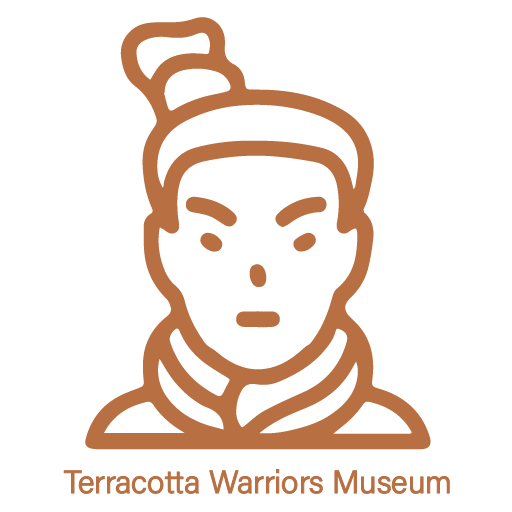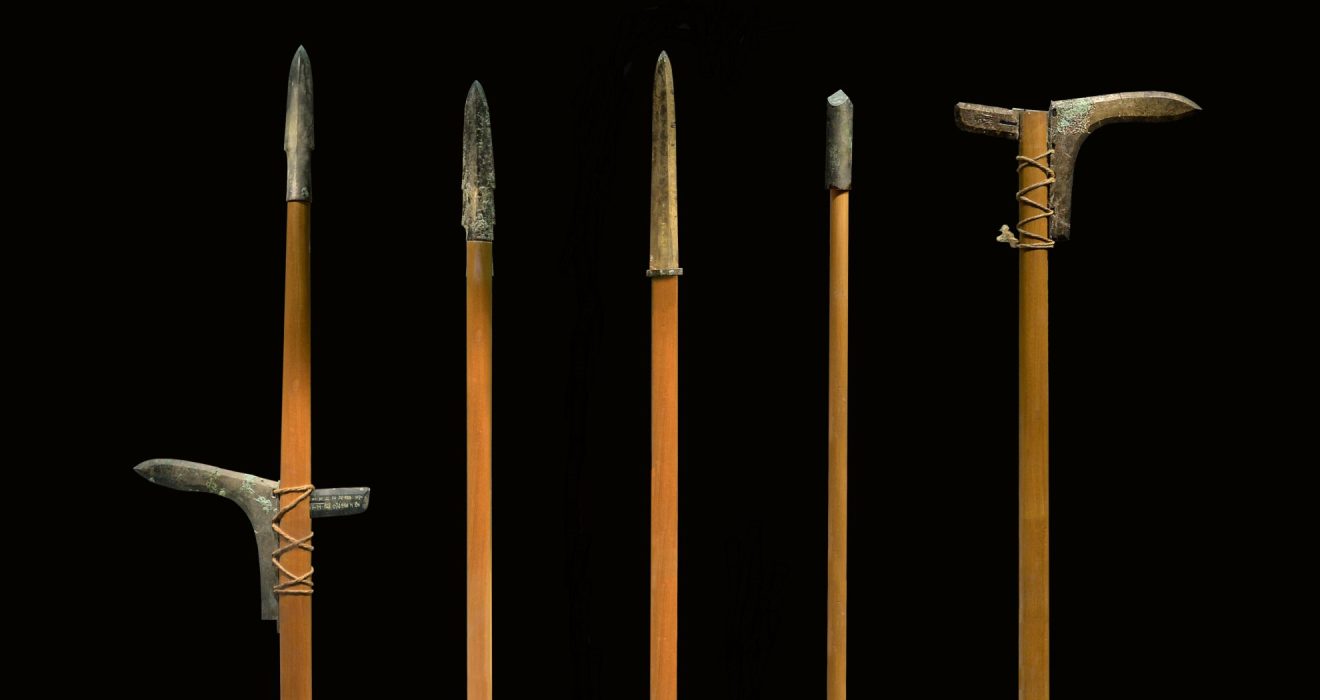What Bronze Weapons Discovered at the Terracotta Army?
There was a large number of real bronze weapons discovered at the Terracotta warriors museum. This article tells you all the true facts about these bronze weapons found at the terracotta army.
Bronze Swords in the Terracotta Army
Dimensions: The sword bodies are long and slender, generally ranging from 80 to 90 centimeters.
Appearance and Characteristics: The sword bodies are narrow and long, with a regular shape and sharp blades. After more than two thousand years, they still shine with a cold light and show no signs of rust when unearthed.
Craftsmanship: A composite metal process was adopted. The sword body contains a relatively low amount of tin, which gives it good toughness and makes it difficult to break. The blade contains a relatively high amount of tin, making it highly hard and extremely sharp. This combination of flexibility and rigidity endows it with a powerful combat effectiveness in actual battles.
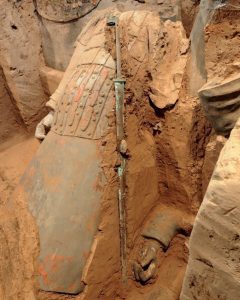
Chromium Plated Sword in Terracotta Warriors Museum
Among more than ten thousand bronze weapons, discovered at the terracotta army, the most signification one is the bronze sword unearthed at pit 2 at the terracotta army.
Significance: Modern chromizing treatment technologies were patented by the United States in 1937 and Germany in 1954 respectively. Generally, this technology can only maintain an anti – rust effect for about 60 years. However, people in the Qin Dynasty, 2,200 years ago, had already mastered the chromate oxidation treatment technology. This discovery shocked the world, indicating that ancient China had reached a rather high level in metal treatment technology, far ahead of its time.
Technological features: The bronze sword is made of a copper – tin alloy with trace elements, boasting an excellent alloy ratio. It’s hard outside and soft inside, reaching 22 – 24 HRC in hardness. Its surface has a 10 – 15 – micron – thick chromium – oxide protective layer (0.78% – 2.32% chromium). After chromate oxidation, it resists corrosion well. The manufacturing precision is high, with 8 symmetric ridged surfaces on the sword body and an error of less than 0.05 mm between them.
Bronze Arrowheads at Terracotta Warriors Museum
There are hundreds of thousands of bronze arrowheads found at the terracotta army. During the excavation, they were originally intact and wrapped in the quiver carried by the archery. With 2000 years passed, most of the organic materials had decayed, the bronze parts are still seen today.
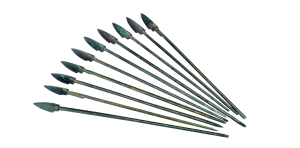
- Size of the Arrowheads
The length of the unearthed Qin – Dynasty bronze arrowheads ranges from 16.50 to 20.00 centimeters. - Shooting Range of the Arrows in Qin Dynasty
The range of bows and arrows in the Qin Dynasty generally reached about 150 to 200 meters, and that of powerful bows and crossbows was even farther. According to archaeological research, it is speculated that the range of Qin crossbows might exceed 300 meters. - High Shooting Accuracy
The archers and crossbowmen of the Qin dynasty armywere well-trained. They could accurately target important enemy targets such as generals and standard – bearers, thus disrupting the enemy’s command system and battle formation. - High Firing Rate
The archers of the Qin Dynasty, through long – term training, had a high shooting frequency. Although the reloading of Qin crossbows was relatively complex, some simplified operation designs were adopted. With the cooperation of multiple people, a certain firing rate could still be maintained.
Bronze Ge and Its Function at Terracotta Army
It has blades and sharp, which was convenient for hooking and killing the enemy. For example, when engaging in hand – to – hand combat with enemy soldiers, one could use the Ge to hook the enemy’s body parts and pull or directly slash, causing damage. At the same time, the Ge could also be used for pecking.
Use in Chariot Warfare: During the Qin Dynasty, chariot warfare was crucial. The Ge, a long-handled weapon, was designed for use on chariots, allowing soldiers to attack enemy personnel as their chariots crossed paths. This length advantage helped disrupt enemy movements and formations.
Bronze Spears in the Terracotta Army Museum
Facts of the bronze spears: Bronze spears in the Terracotta Army Museum have spearheads about 15 – 20 cm long. With long shafts reaching over 2 meters, they were perfect for battle formations.
Appearance and Characteristics: The spearheads are long – conical with sharp edges. Even after over 2,000 years underground, they still have luster and show no rust, thanks to high – quality materials.
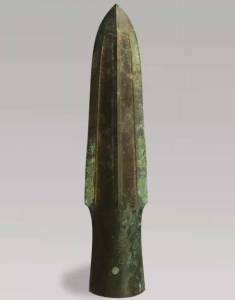
Craftsmanship: Made of copper – tin alloy, the spearheads with more tin are hard and sharp, while the overall structure is sturdy and well – balanced for combat.
The bronze weapons in the Terracotta Army Museum are vital for understanding the military of the Qin Dynasty in Xi’an, China. They showcase advanced metallurgical techniques and possibly standardized production methods. The variety of weapons indicates strategic planning for different combat scenarios, while their arrangement offers insights into tactical concepts. Additionally, the distribution and inscriptions on these weapons reflect the military organization and management of the time. Culturally, their design embodies military values, and their mass production highlights the Qin Dynasty’s social productivity and resource management capabilities. Tours of terracotta army in Xi’an provide a unique opportunity to explore these historical artifacts and their significance.
